
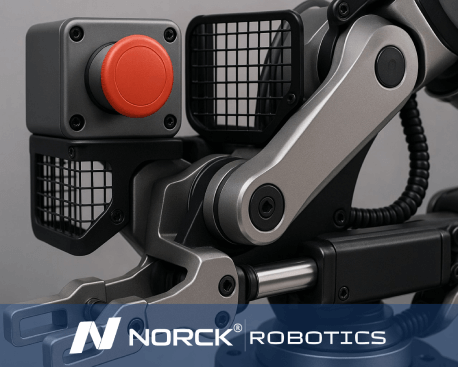
Ready to automate your future? Get a quote from Norck Robotics now!
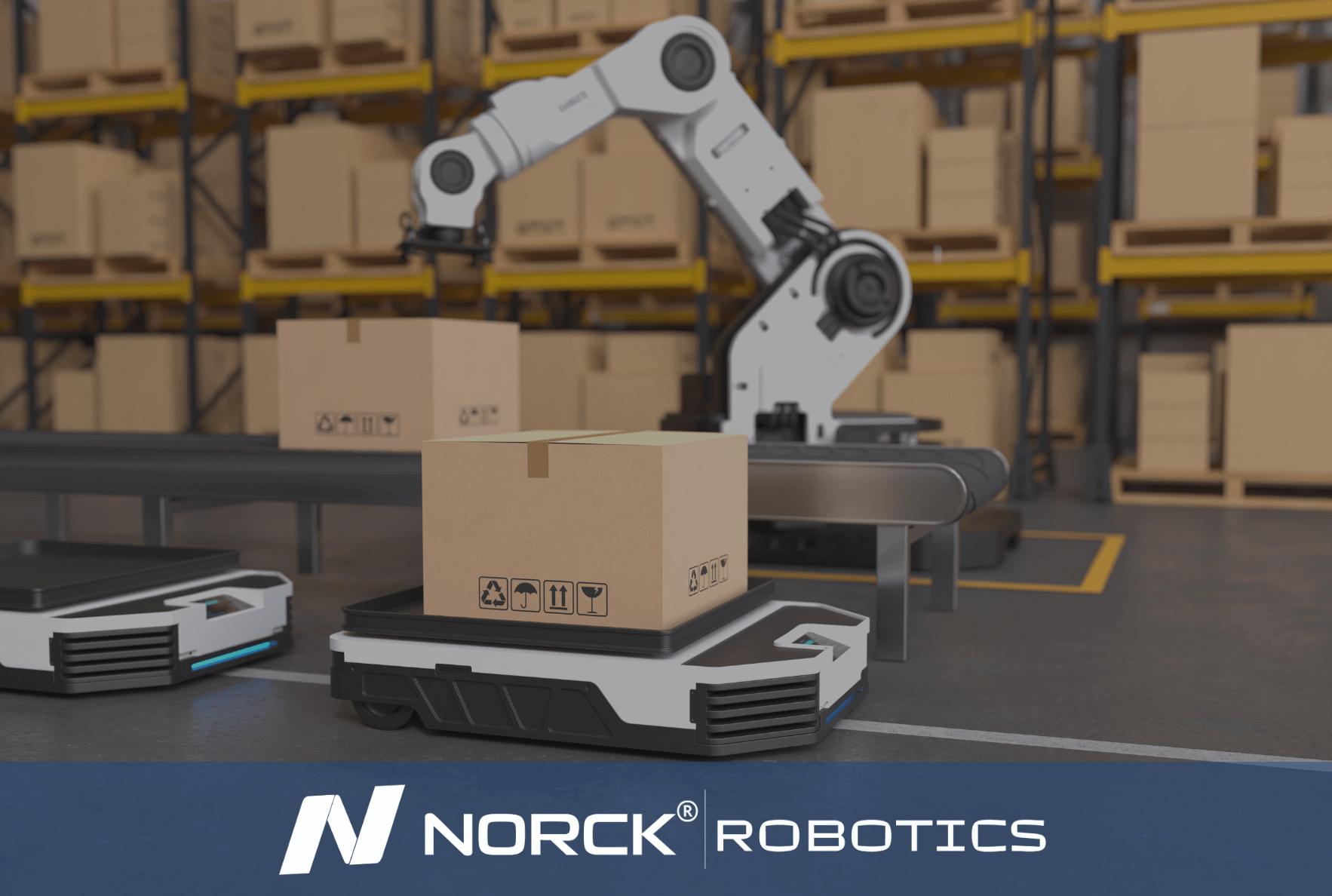
Norck Robotics specializes in providing unique robotic automation and engineering solutions designed to meet the specific operational needs of each client. Our expertise covers a wide range of industries and applications.
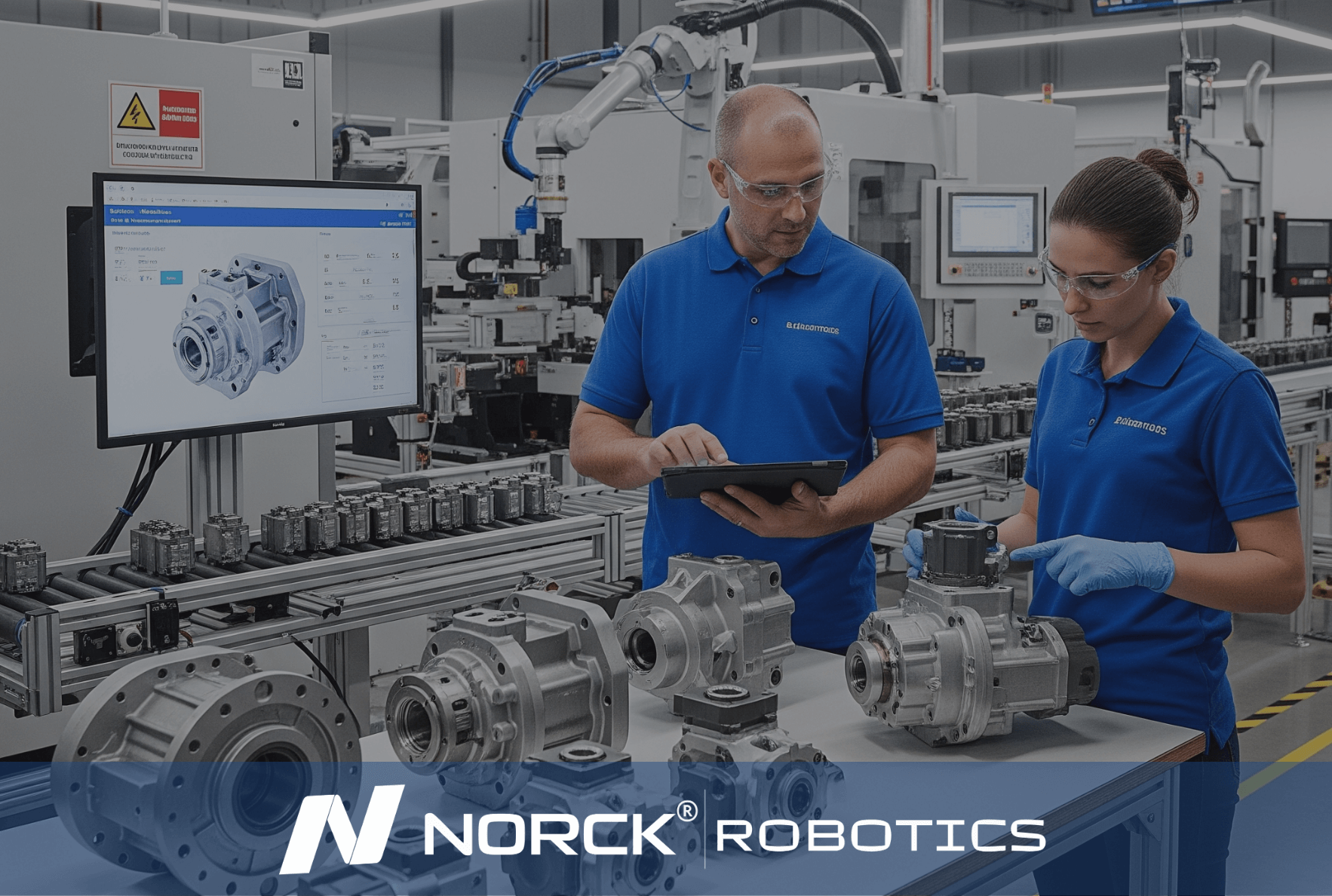
Norck Robotics delivers turnkey robotic automation and engineering solutions tailored to your specific needs across various industries.

Whether you need a single robotic cell prototype or full-scale factory automation, Norck Robotics engineers are ready to collaborate with you to bring your concept to life.
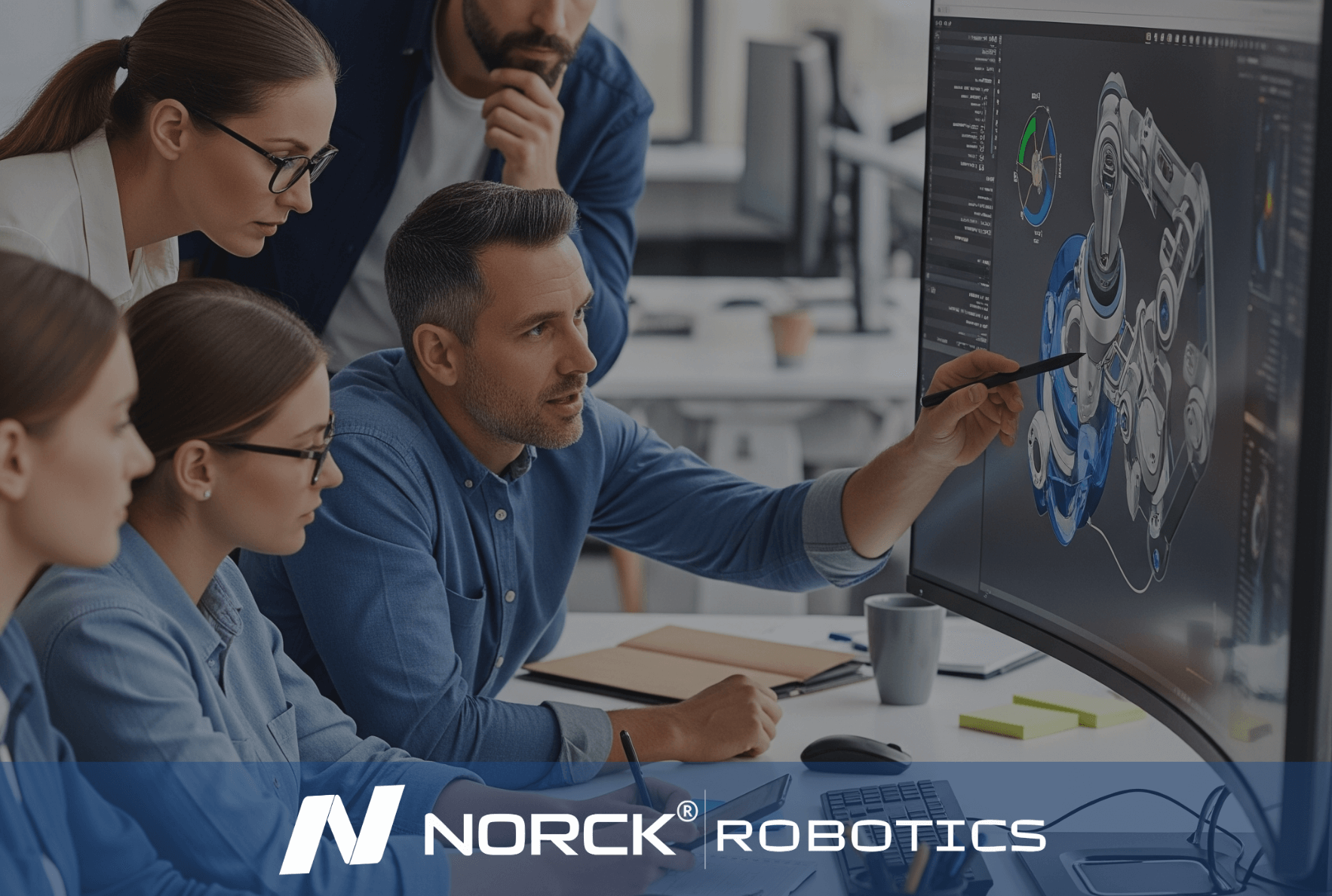
Norck Robotics engineers analyze your existing processes to provide feedback that enhances efficiency, cost-effectiveness, and productivity for robotic integration.
Mechanical safety features are a must in Aerospace and Defense (A&D) robotics to ensure the safety of operators and the equipment being used during complex and hazardous operations. Hence, all these features are implemented to avoid accidents, ensure precision, and maintain system Integrity in a highly demanding environment.
The Emergency stop (E-stop) buttons are few examples of Mechanical Safety Features. Such stops are put strategically around the robotic systems for the operator to initiate an emergency halt when something is going wrong or behaving unexpectedly. Other safety features include protective enclosures or physical barriers to isolate moving parts, softening the danger posed by high-speed elements.
Torque limiters are in broad use through A&D robotics applications. It stops excessive force from being applied, which might cause damage to the highly sensitive equipment or pose danger to the personnel. Interlock systems, on the other hand, make sure that access doors or panels cannot be opened while the machinery is operational.
Mechanical stops protect against mechanical hazards by limiting movement and absorbing impact energy. Here, such mechanical safety devices enhance operator safety and increase the working life of robot parts, thereby ensuring the outcome in highly critical A&D operations.
Strong mechanical safety features have to be offered on an overall basis for the safe and efficient operation of robots in aerospace and defense.

In addition to its own expert engineering team, Norck Robotics provides access to a network of hundreds of top-tier system integrators, robot manufacturers, and component suppliers across the United States, Germany, and Europe.

Working with Norck Robotics reduces dependency on manual labor, increases production consistency, and secures your operations against unforeseen disruptions, quality issues, and fluctuations. This enhances your company's supply chain resilience.
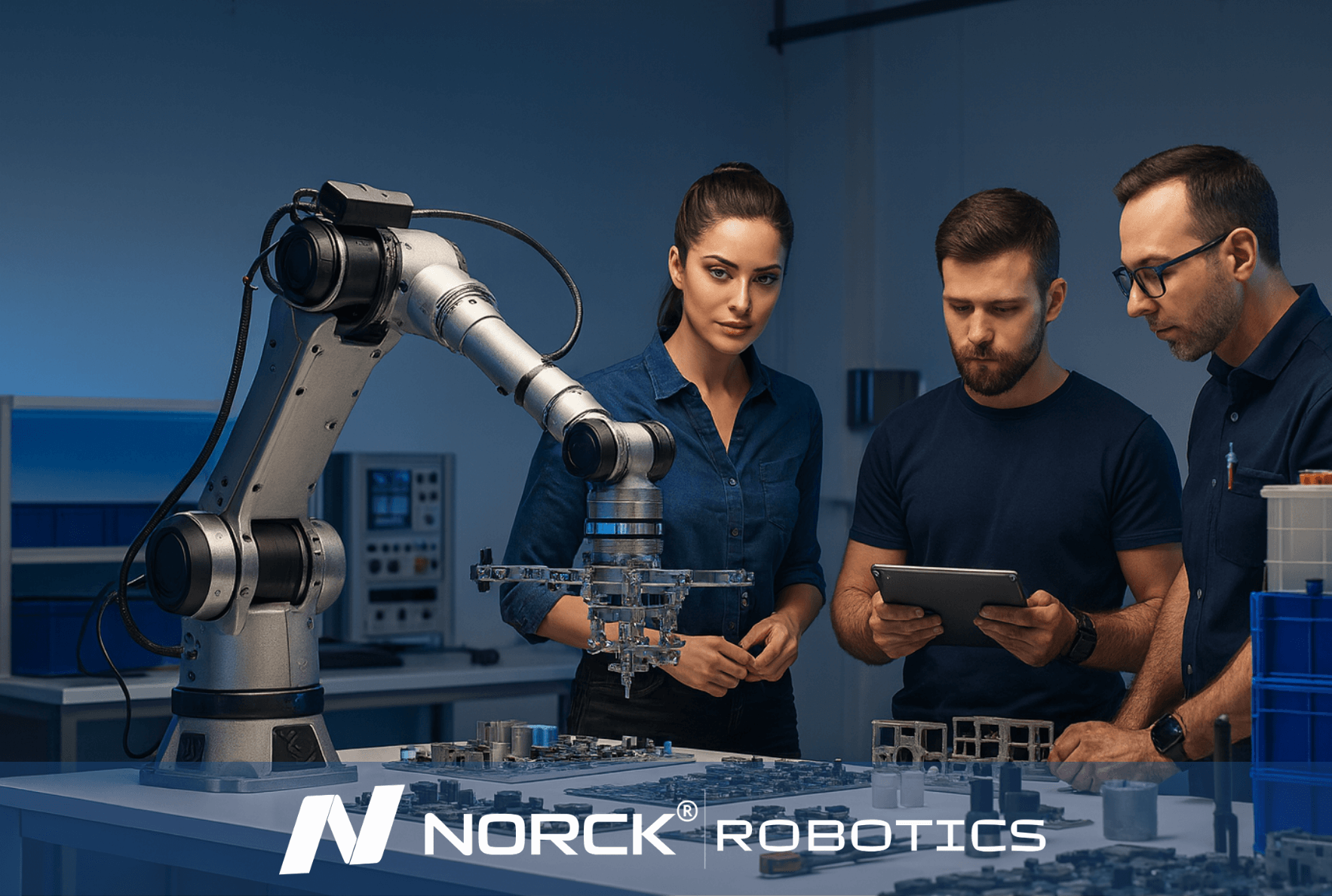
Norck Robotics advances digital automation by developing custom-designed robot grippers, advanced vision systems, and innovative simulation software. With an AI-driven, data-centric approach, it enables smarter system design, optimal performance, and predictive maintenance solutions.
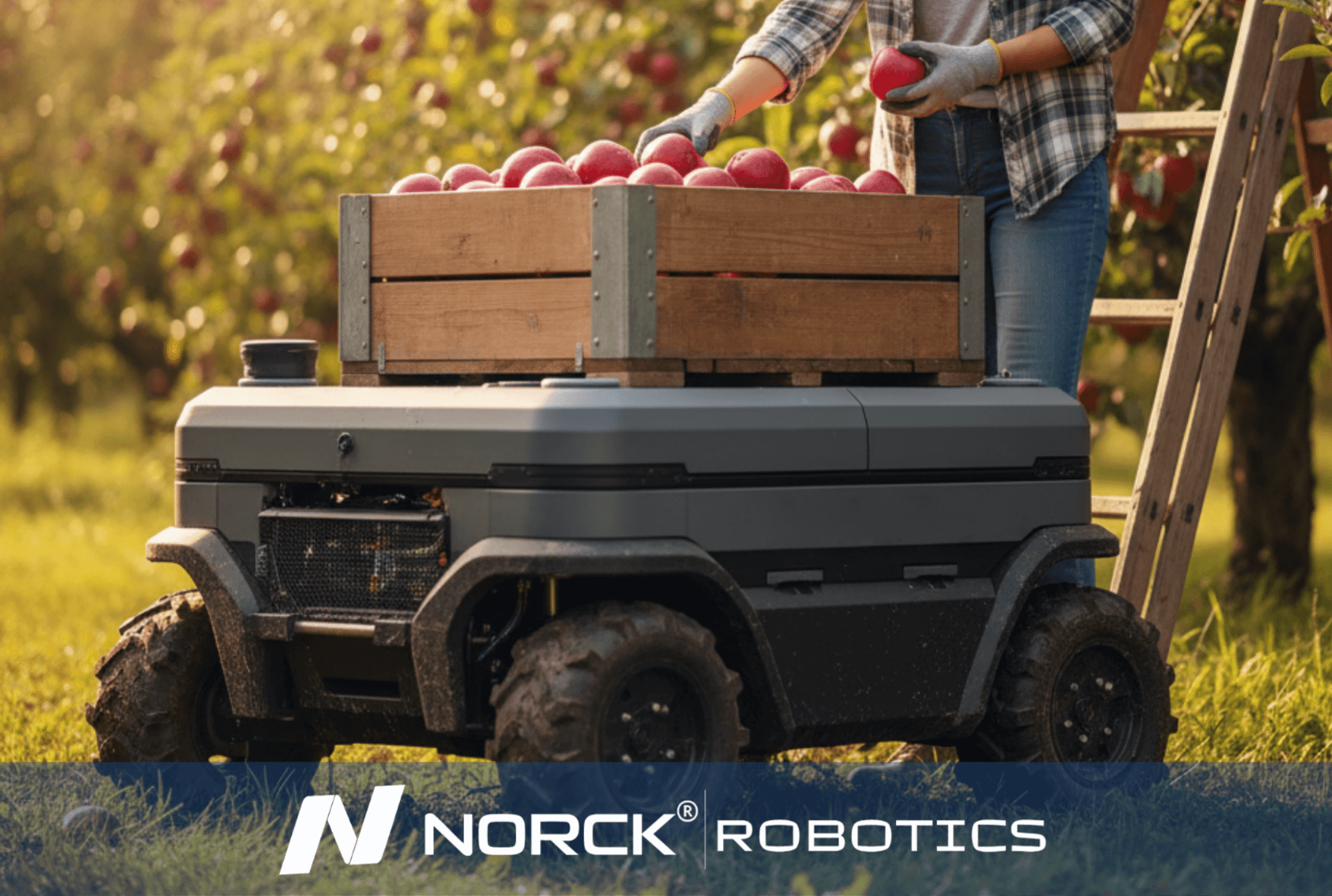
Norck Robotics encourages its partners to be carbon-neutral by reducing energy consumption and material waste through the efficiency of robotic automation, and prioritizes environmentally conscious suppliers.
Mechanical safety features are critical in providing reliability and safety to any system, especially in industrial engineering. These features are aimed at preventing accidents, minimizing the probability of equipment failure, and safeguarding users and machinery.
By incorporating devices such as emergency stop buttons, pressure relief valves, and interlocking systems, mechanical safety features create multiple layers of protection against unexpected hazards.
Consistent operation and reduced downtime in systems greatly improves the reliability. When safety systems detect abnormal conditions, they utilize the safer mode of operation, if any exists, or stop the system altogether.
This serves to protect the system from major damage and prohibit costly repairs, ultimately prolonging the life and efficiency of the system. To cite an example, in motors, overload protection helps stop overheating and thus, system failure.
Besides, mechanical safety features play a role in ensuring that the designs meet safety standards and regulations of the industry. Safety standards protect the personnel and also add to the credibility and trust in the operation of the system. Such systems, with safety functions built into high-risk environments, delimit a minor flaw from a catastrophic failure.
To conclude, mechanical safety features are of paramount importance in laying out a resilient and dependable system where human safety and operational performance are given equal weight.